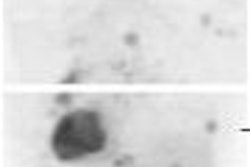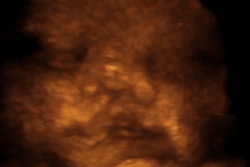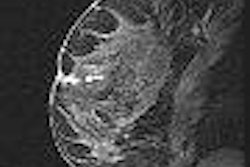Dear Women's Imaging Insider,
Once upon a time, women suffering from uterine fibroids faced the rather gruesome prospect of hysterectomy as the first and last option for treatment. Fortunately, advances in time and technology now offer these women other choices.
Magnetic resonance imaging-guided focused ultrasound (MRI-FUS) is one of those alternatives. In November 2004, the Food and Drug Administration approved ultrasound fibroid therapy. Early results from sample studies of this minimally invasive surgery indicate that the procedure may provide short-term symptom relief with advantages such as shorter recovery time. However, cost, comparison to other methods, and long-term effects still needed to be parsed out (Issues in Emerging Health Technologies, July 2005, Vol. 70, pp. 1-4).
A group from Johns Hopkins University in Baltimore is helping to build a case for MRI-FUS with a preliminary study using MRI to monitor therapy. Specifically, they tested the feasibility of diffusion-weighted MRI to identify ablated tissue after MRI-FUS. This same group had already shown that diffusion-weighted MRI had value in assessing tissue response to another treatment modality, uterine fibroid embolization (UFE). To read more on their research, click here.
In other ob/gyn news, Texas investigators have completed a pilot study using optical coherence tomography for noninvasive cervical cancer screening. In a separate study, Dutch researchers are arguing for triple modality treatment for cervical carcinoma.
Finally, in breast health news, the Women's Imaging Digital Community offers an article on how FDG-PET can predict the early response of metastatic breast lesions to chemotherapy. Also, we have a story on what radiologists and minority health professionals are doing to reach out to women in the Native American community. Unfortunately, these women have the poorest cancer screening rates of any ethnic group, but online games have been launched to reverse that trend.



















